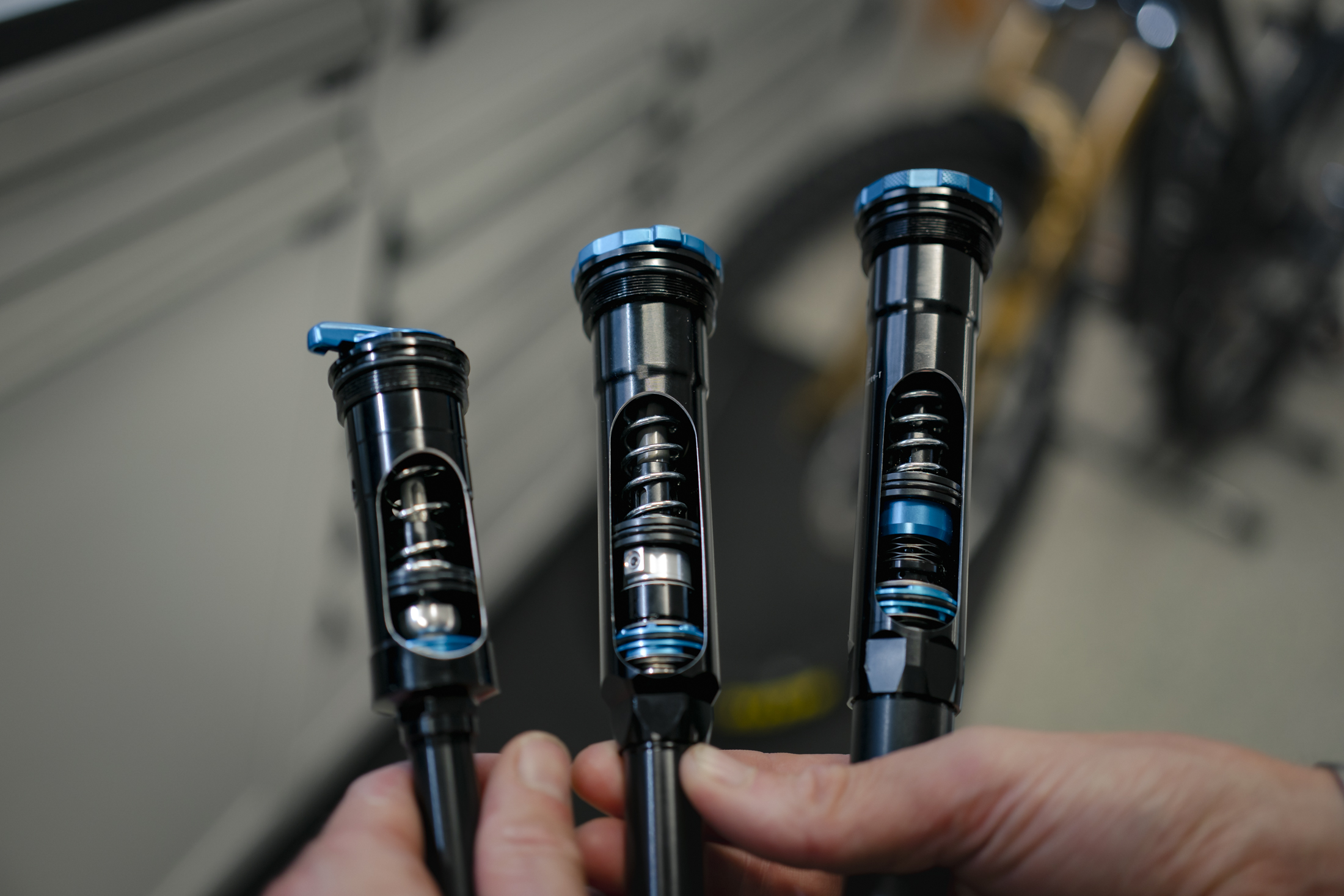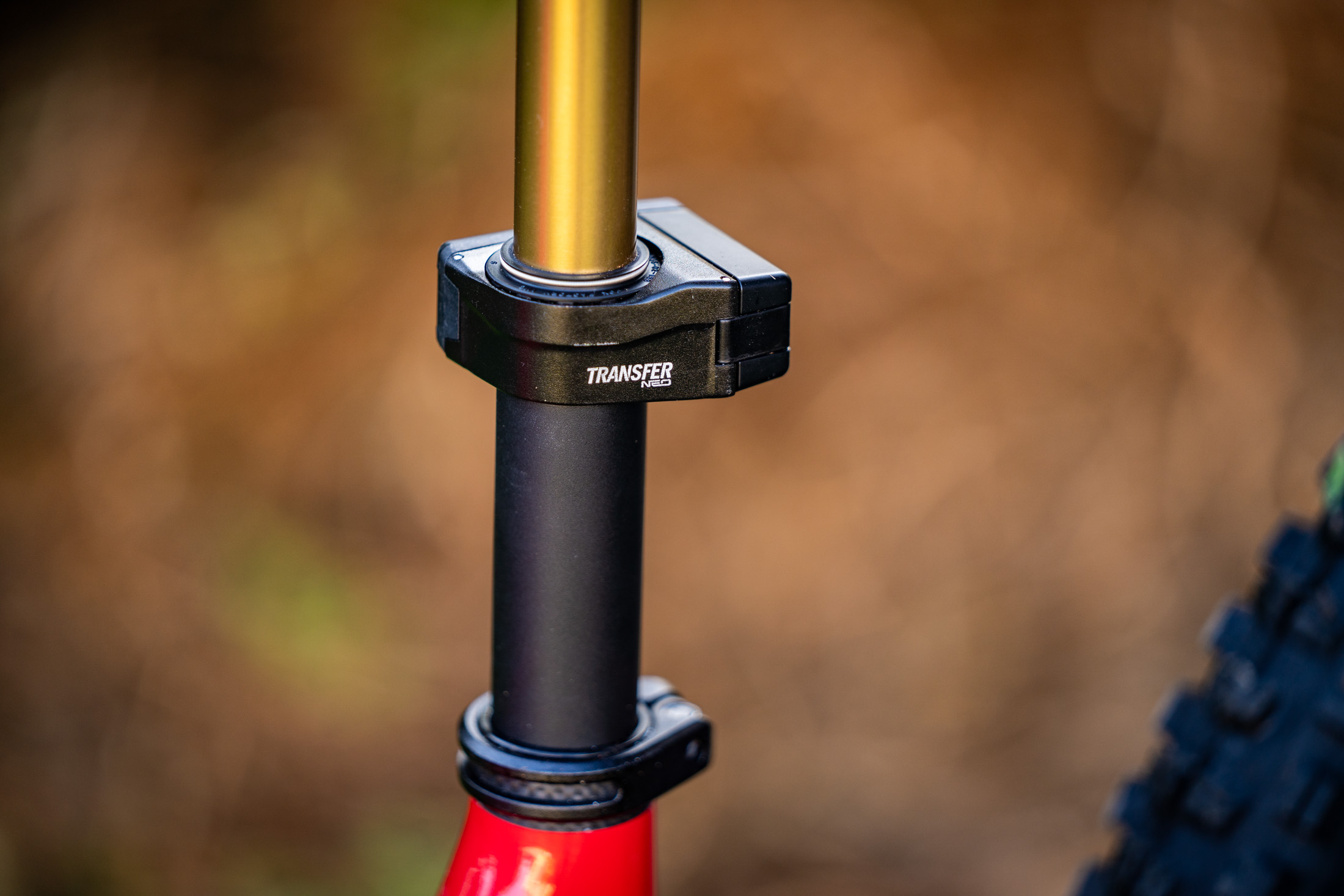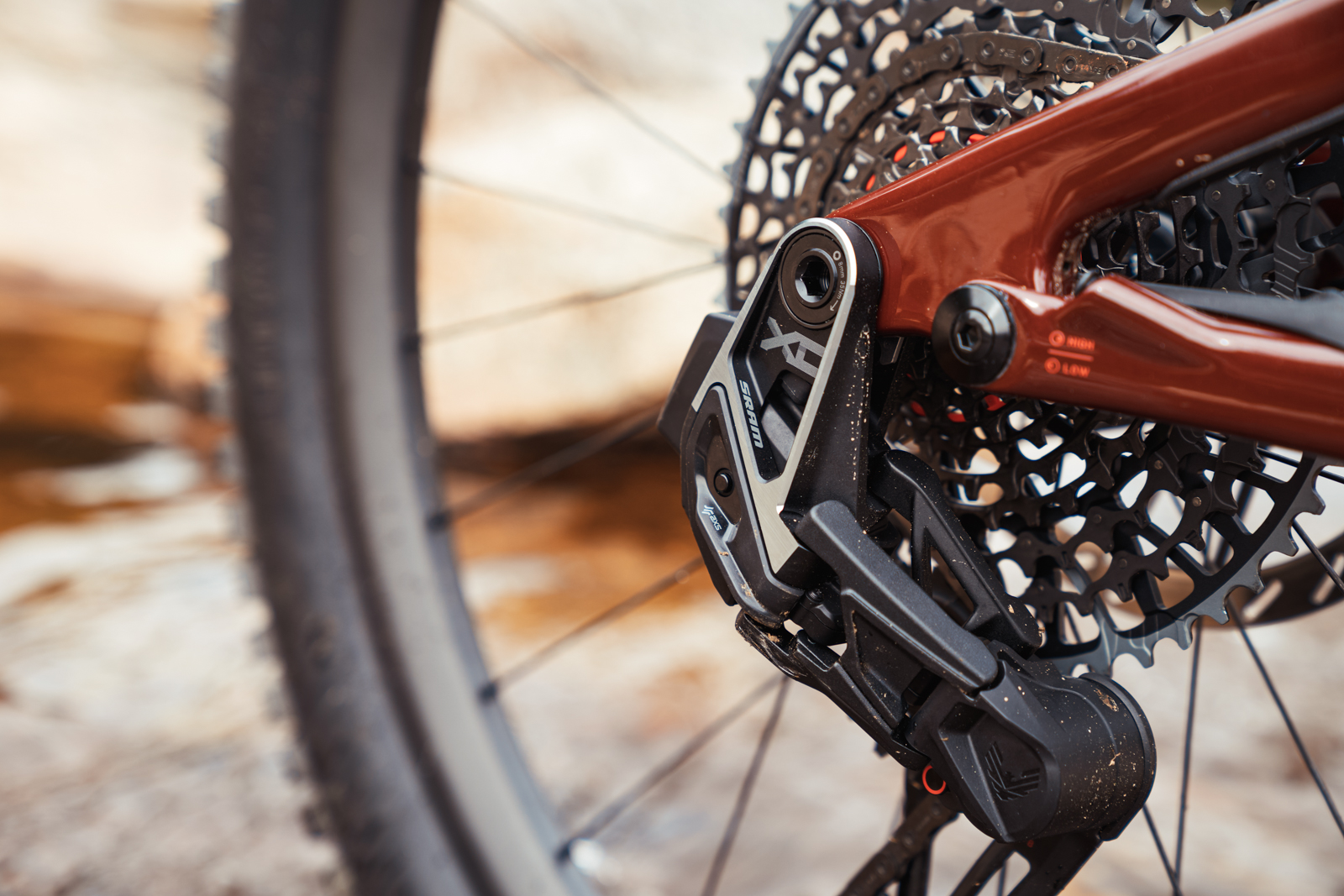What is happening in our Australian bicycle market?
Unless you’ve been hiding under a rock, you will have noticed that since COVID ended there have been massive discounts on bicycles.
As a consumer, you’ve been able to buy certain current model year mountain bikes from the biggest global brands for up to 40% off retail, sometimes even less.
Why has this been happening? Put simply, the COVID bike boom bubble burst.
Related:
- Stats With Latz | New e-MTB Drive Systems Star at Eurobike 2024
- Stats with Latz | The Changing Face of Bicycle Retail in Australia
- Stats With Latz | Where was your bike made?
- Stats With Latz | Inside the Australian Bicycle Industry with Phil Latz
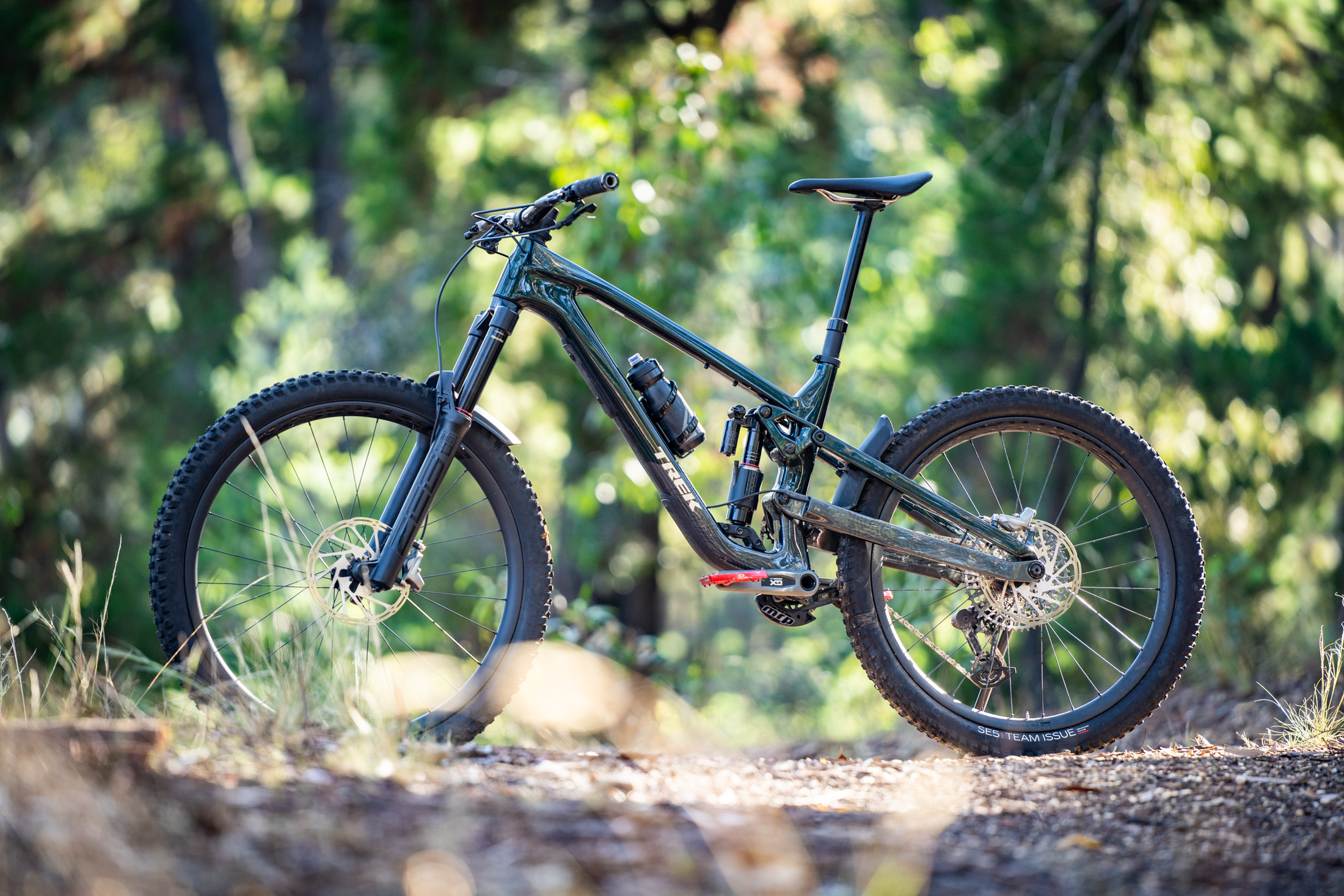
As we learn from our early childhood, all bubbles burst eventually! But the grown-ups in charge of the bike industry didn’t expect this one to burst as soon or as suddenly as it did. They were stuck with huge overstocks of bikes, fed by a pipeline that takes longer to turn off than your bathroom tap.
When overstocks have to be paid for, then stored at further cost, typically financed at higher interest rates than during COVID, then something had to give. Wholesalers and retailers have been desperate to clear excess stock for almost two years now.
But they’re selling into a market that had all-time record high sales for the previous two years during Covid. In other words, a lot of you upgraded your bike during COVID or bought a new one for the first time and really don’t need another one now. Not to mention that you’re probably paying more for your rent or home loan now, along with other cost of living increases, and really aren’t sure about committing to a major purchase.
In order to entice enough of you to overcome all of these factors and buy another new bike, the industry has slashed and burned prices. It’s been great for consumers, but major Australian wholesalers are reporting losses running into the tens of millions of dollars, and some bicycle retailers have been going out of business.

It’s easy to see what has happened until now, but the key question is, “What comes next?”
Recently I spoke with the CEO’s seven of the top 10 bike importer / wholesaler businesses in Australia to get their first-hand impressions. I asked them all a very similar set of questions, the core of which I’ve repeated below.
All of these conversations were made on an “off the record” basis. Therefore, you won’t read the names of any individuals or companies here, and I’m not going to publish everything that was discussed. I’ve also shuffled the order of answers to each question. You may notice that some questions have more than seven answers. That’s because some individuals made more than one comment. In these cases, I’ve also interspersed their comments with the comments of others.
I’d like to thank all of these CEO’s for their time and very frank comments.
“Fat electric bikes (i.e. beach cruiser style, often above legal power limits) are being sold outside the traditional IBD channel, so they’re taking sales from bike retailers.
What are your overall impressions of the Australian bicycle market at the moment?
“It’s tough out there! Last year we thought that if we end up with 2019 numbers, we’d be happy, but we’re back to 2016 numbers.”
“The problem is wider than just the bike industry. People are being tight with their money. There’s frustration within consumers who are struggling while they see some corporates still doing well.”
“The market is very flat at best! The higher cost of living is having a big impact on discretionary spending.”
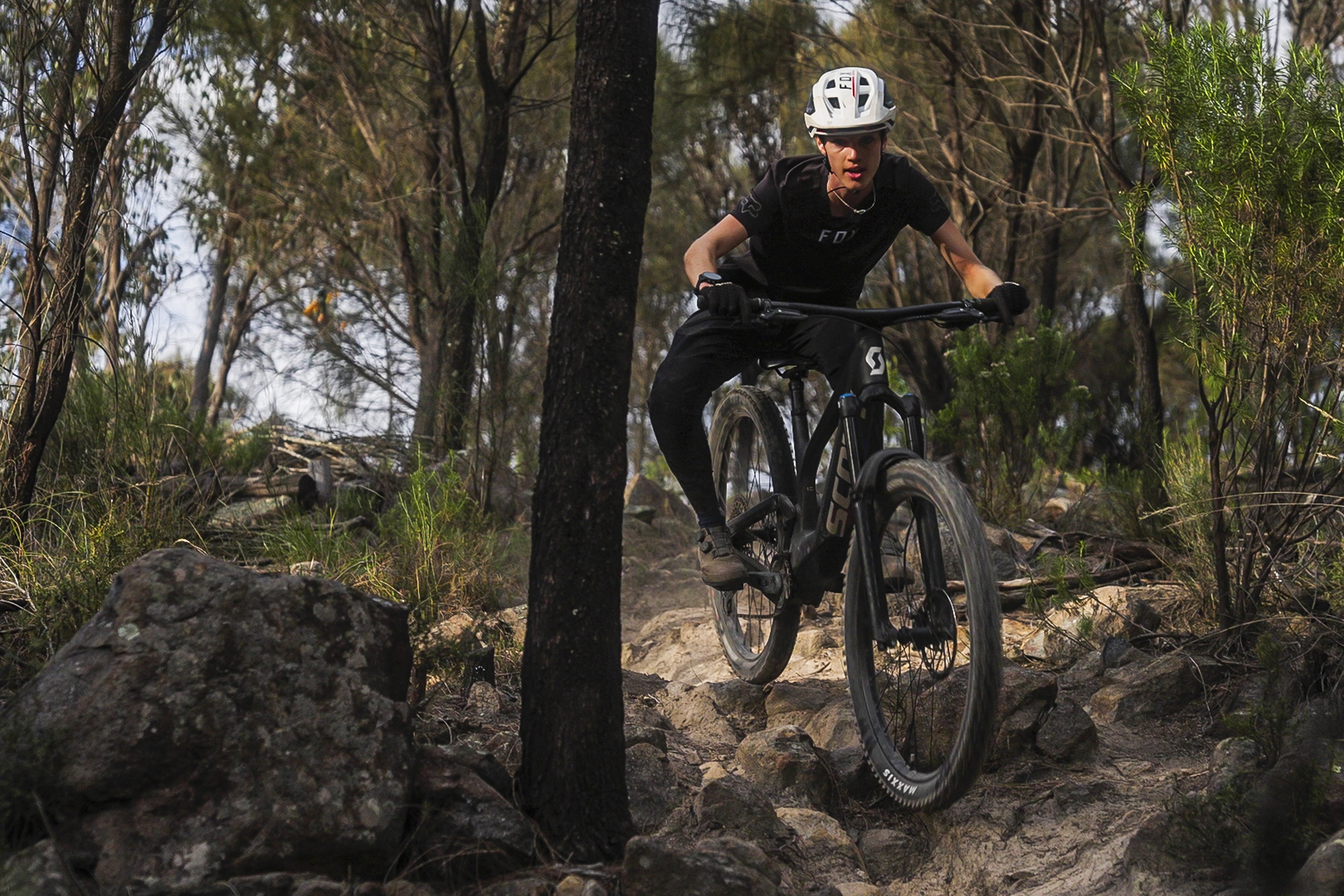
“It’s a pretty challenging market right now and there are only two things that create momentum – new product launches and aggressive pricing.”
“Overall, it’s gone through massive change since COVID. We’ve seen a rationalisation of the dealer base and inventory, but it’s starting to turn. This year we’re slightly behind budget every month, but we’re focused on getting inventory down. Retail store margins are up a few points, so overall it’s close to an ok year.”
“Who knows what’s going on – it’s all over the place! Up and down month to month.”
“Fat electric bikes (i.e. beach cruiser style, often above legal power limits) are being sold outside the traditional IBD channel, so they’re taking sales from bike retailers.”
“Demand for bikes is still relatively solid. I don’t see demand falling off a cliff. I think the cost of living pressures have been overblown.
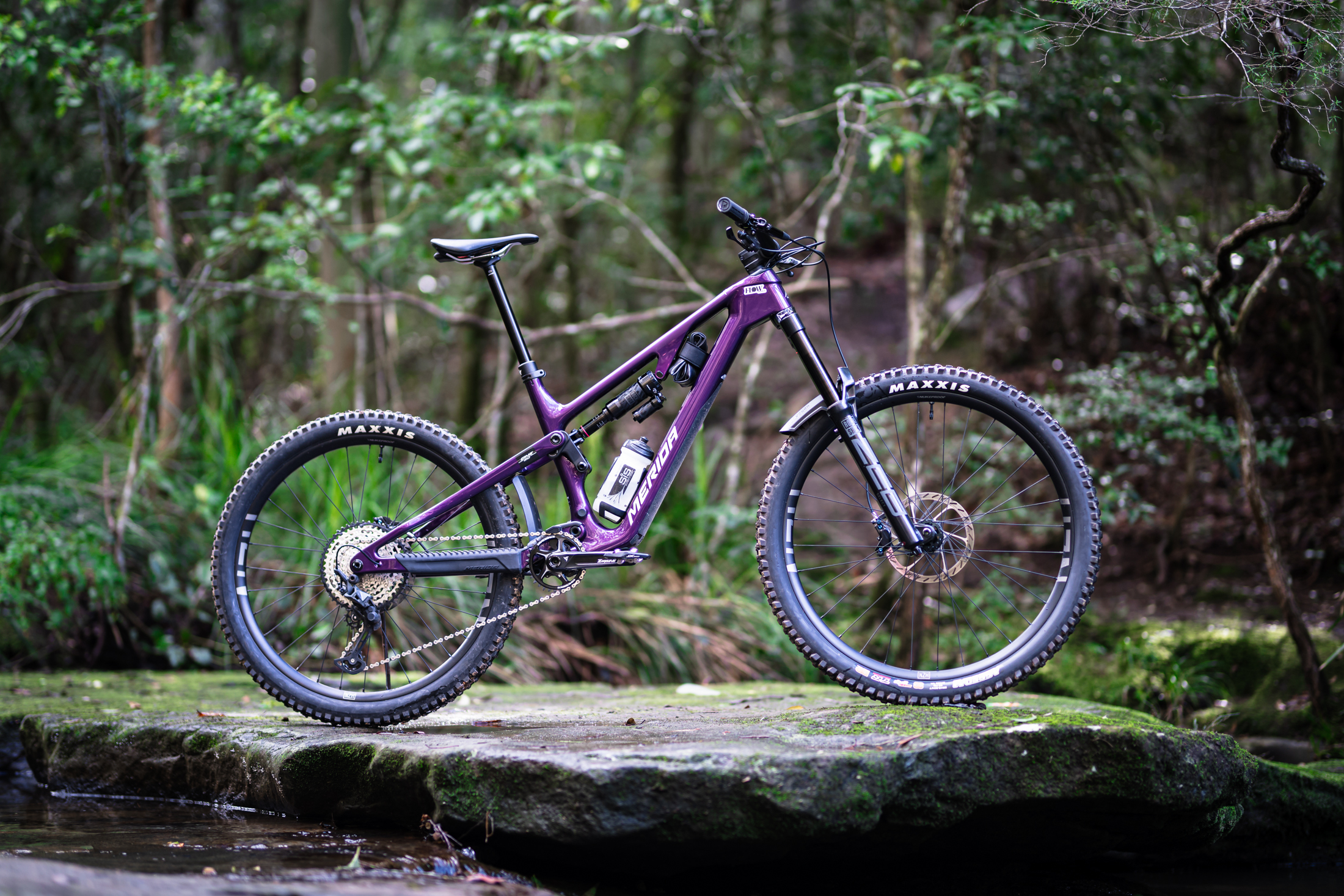
Phil decodes the CEOs take on the current state of the market
All but one of our CEO’s gave pretty grim assessments of the current market.
One of the problems with our industry is that we don’t collect nationwide sales data at either wholesale or retail level. We only have import data, which is a lagging indicator. So even the CEO’s of these seven companies, that have combined annual sales of about three quarters of a billion dollars per year, have to play a guessing game. That has big implications when it comes to accurately forecasting future orders. In the long run, a weak industry costs everyone, including consumers.
Within the different bike categories, are there some that are particularly strong or particularly weak?
“MTB’s are weak, both duallies and e-MTB’s.”
“E-bikes are still doing well for us. High-end road is doing well, but the first and second shipments of new products sell out, then sales slow quickly after that. Pedal MTB duallies are bad.”
Road is still pretty strong, e-Mountain and gravel. Pedal-mountain is weak. The cheaper product and higher end are going strong with the middle band relatively weak.”
“Kids bikes are moving better than last year. $700 AUD to $4,500 AUD is very stagnant. We’re moving higher-end bikes above $4,500 AUD.”
“Road is still pretty strong, e-Mountain and gravel. Pedal-mountain is weak. The cheaper product and higher end are going strong with the middle band relatively weak.”
“We’re seeing some growth and good sell through in mid to high end in particular. The top end of town, more mature age people, are still doing well.”
“High end road still seems to be quite buoyant, including gravel and custom builds.”
“Kids bikes are quite strong for us.”

“It’s flat for bikes below $3,000 and e-bikes below $4,000. Those customers are most affected by the economy. There’s not a lack of real demand, but there’s fear of making a large purchase.”
Phil decodes the CEOs take on what bikes are selling
In a word, the market is patchy. There’s pretty strong consensus from our CEO’s that the volume part of the adult bike market is weak at the moment, that is all bikes up to around $4,000 AUD. Above that price point it’s stronger, but not across the board.
In particular, MTB duallies and e-MTB were two of the strongest segments during COVID – perfect for escaping lockdowns, stress and giving your mental and physical health a boost.
They’ve also been two of the biggest categories for technological innovation over recent years, so to hear some of the CEO’s say that even these categories are now quite weak is definitely concerning.
“We’re in a pretty good stock position. It’s not about the number in stock but the rate of sell through that’s the challenge. Brands will have to make tough decisions about when to introduce 2025 and 2026 models.”
How are your stock levels now compared to how you would like them to be?
“COVID gave some B and C brands hope, and they placed big forward orders. Now they’re giving ridiculous discounts. But our dealers have sold through a lot of their stock, and they’re now ready to steadily place new orders.”
“We’ll still see, for the next year or so, the knock on effects of patchy stocks, overstocks and discounting. But there are other areas where wholesalers have been too conservative.”
“Just because one wholesaler is light on a particular type of bike, three or four others could be heavy.”
“Our stock levels are pretty good. We’re getting there. We’ll probably be back to normal by the end of 2024.”
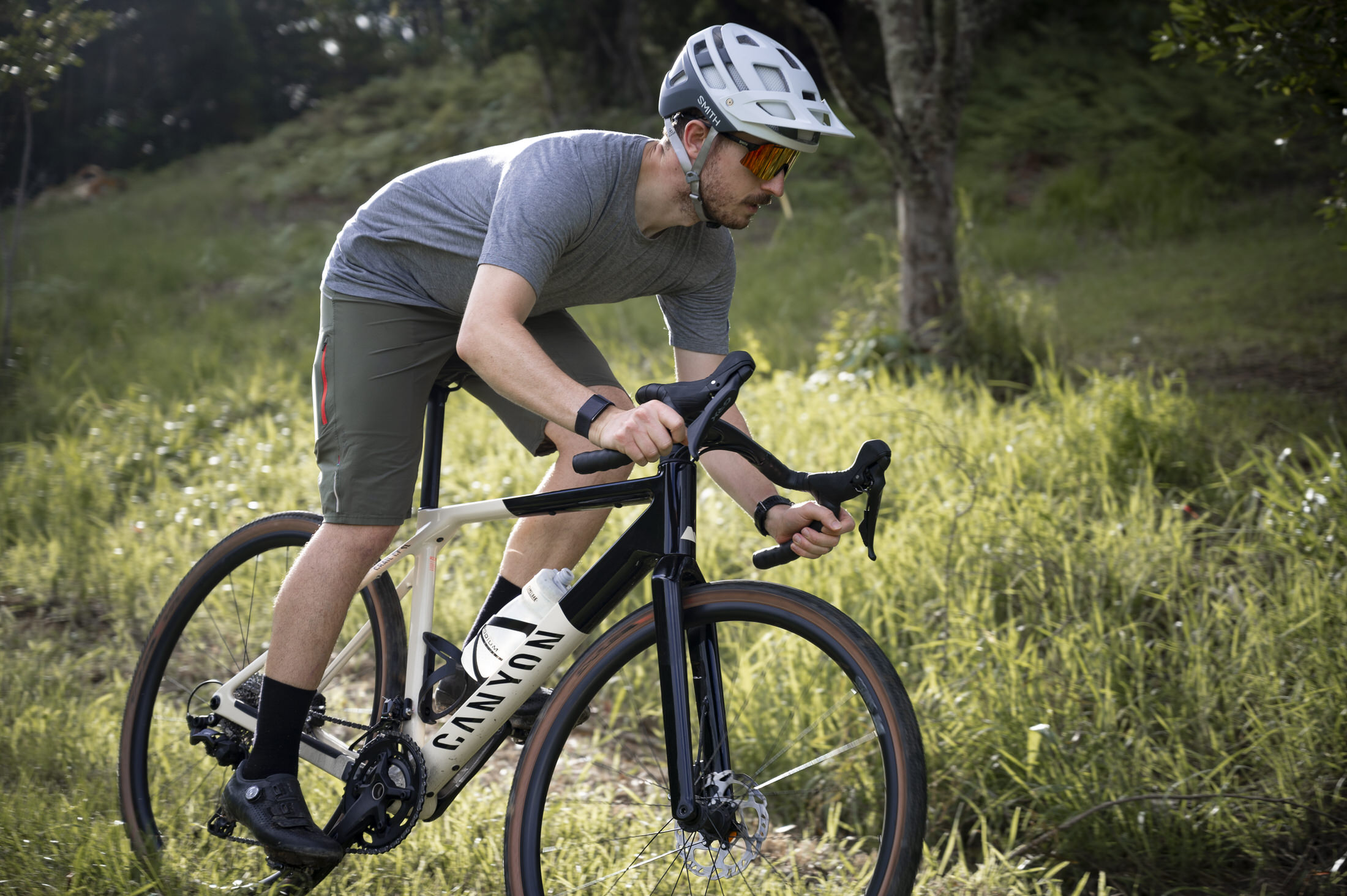
“Road and gravel are appearing to be strong, but mainly due to short supply and so their margins are holding up. MTB dually is not setting the world on fire.”
“Different companies are heavy in different lines of stock.”
“Our stock levels are good, but there’s always room for improvement. There’s always pressure to order more but hold less stock.”
“We’re very comfortable with our forward orders. We’re not under any pressure to take more stock.”
“Stock is still too high, but we forecast that our stock levels will be right by December.”
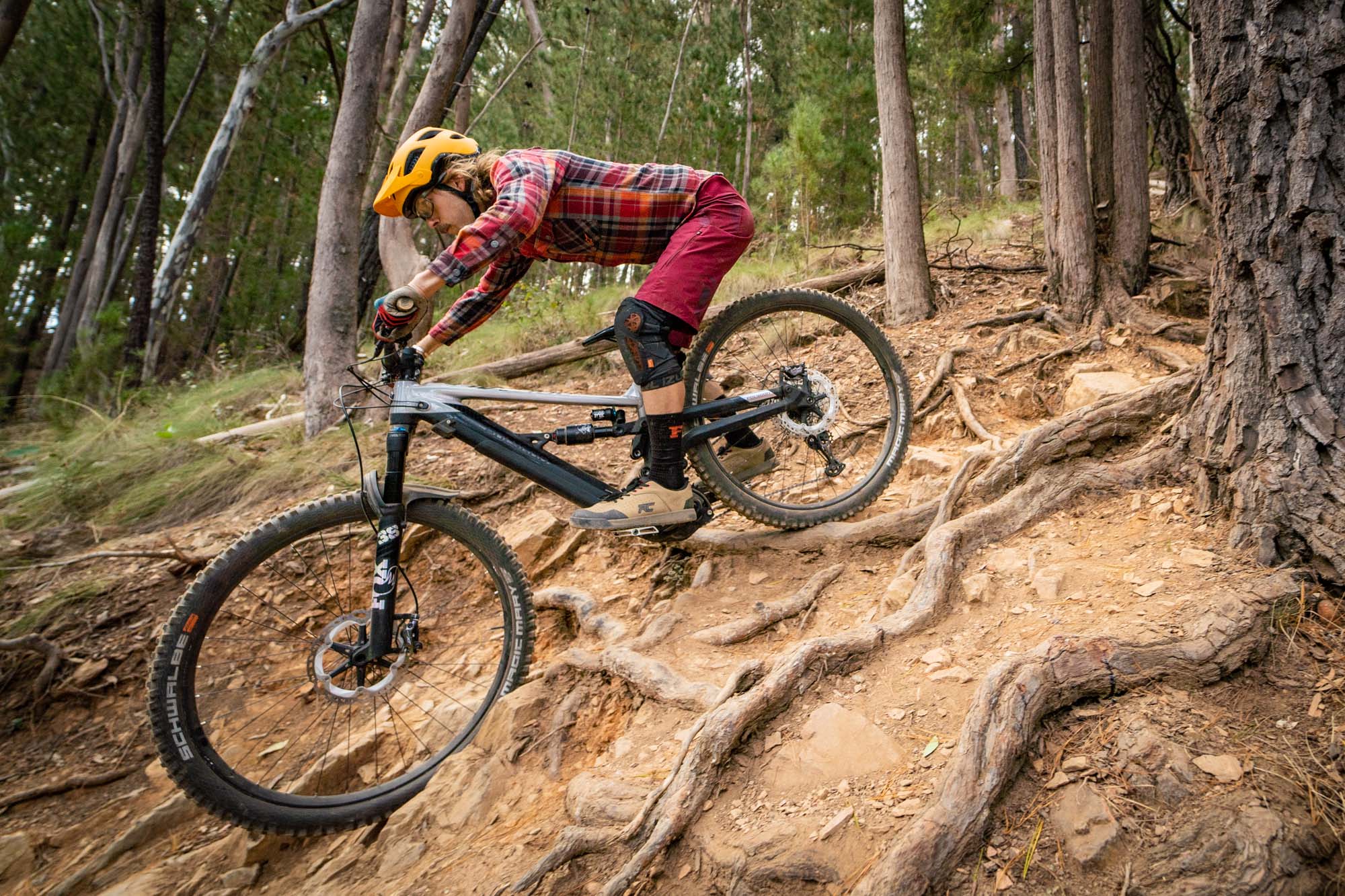
“We’re in a pretty good stock position. It’s not about the number in stock but the rate of sell through that’s the challenge. Brands will have to make tough decisions about when to introduce 2025 and 2026 models.”
“Stock is still way too high. It will take us 12 months to recover. We heavily discounted our oldest stock to clear it but now we’re not playing the discount game.”
Phil decodes the CEOs take the stock situation
There’s no consensus on exactly when the overstocks will have sold through, but it will happen.
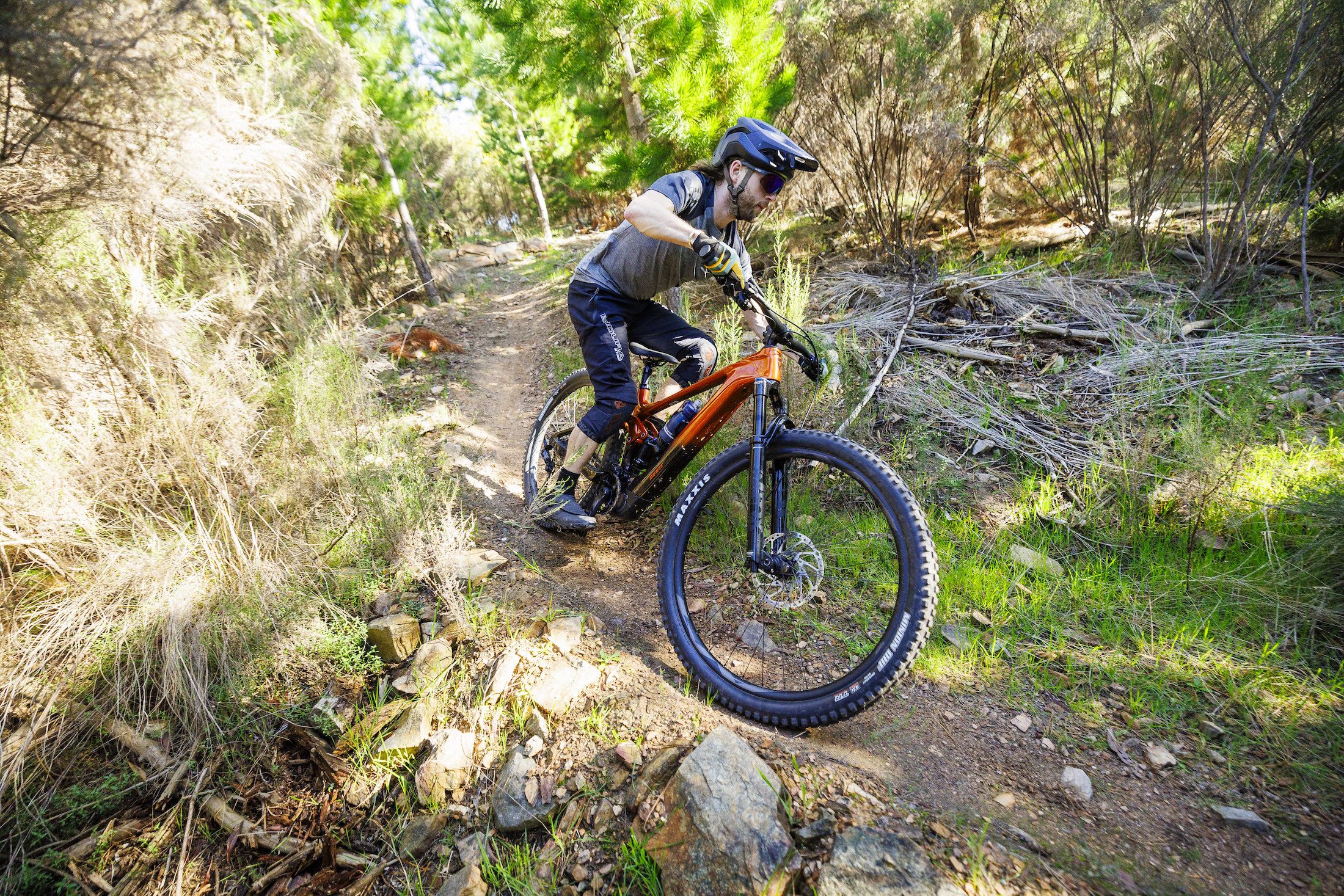
Like all industries in the free market, the bike industry is governed by a balance between fear and greed. If a business is too fearful and doesn’t commit to enough stock, it could miss out on sales and lose market share. But if it’s too greedy and overorders, it could be left with too much stock, have to discount and lose money.
It’s not a perfect mechanism and there is almost certainly going to be an overshoot in some bike categories – in other words, too much fear will lead to shortages of stock, at least for a while, for some brands and categories.
What sort of year do you think we will have for 2024/25 and when do you think the market will return to equilibrium and discounting will reduce?
“Dealers have less power over pricing than they used to, now that some major brands are selling direct and there’s click and collect via dealers.”
“Does it ever return to equilibrium? Higher stock levels could easily run for another 18 months.”
“When you look at Australia’s macroeconomic data forecasts for 2025, we should see a slight drop in inflation, a small drop in interest rates and a slight increase in GDP (gross domestic product). So overall it should be slightly better for Australia in general, but how quickly this impacts bikes sales – it’s not a linear correlation.”
“The value that consumers are getting now will never be repeated. One, because of the discounting and two, because of shifts in Shimano’s groupset policy due to CUES, and SRAM not playing at the lower levels. Overheads at bike factories will rise.”
“I think that the discounting is more selective now. They’re also pushing out bikes through longer payment terms. A lot of dealers took bikes on longer terms, but it also affected their cashflows (when the bikes were slow to sell through). Dealers are more savvy now and will forego an incentive to better manage their cashflow.”

“If it’s flat in 2025 compared to 2024 we should be happy because we’ve had consecutive years of decline. Inventory will be normalised. We’re still slightly up on pre-COVID levels.”
“Our business has a profit driver – we want margin improvement.”
“I’m still very positive about the long term bicycle market in Australia. It still has all those positive attributes that we all know around mental and physical health, transport and all the others. But big discounts cripple our industry and it will take longer for our industry to normalise.”
“The market will remain competitive. As long as one or two brands have excess stock, that will drive competition. There’s a longer tail of the overstocks that’s bigger than any one company.”
“Retailers are nervous about putting pen to paper when it comes to forward orders – we’re getting laughed at.”
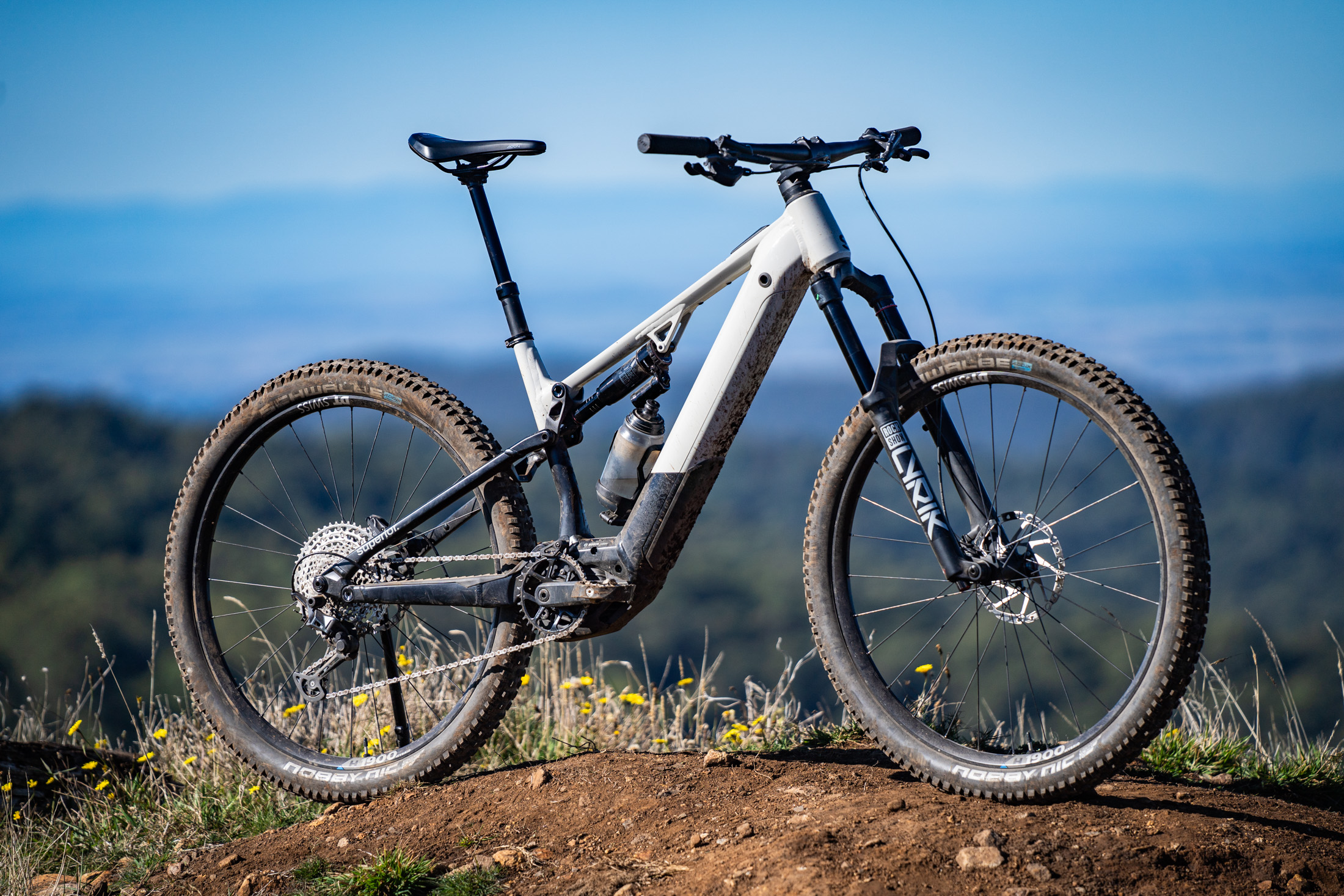
“The current challenges are not specific to the bike industry. Customers are always making decisions, whether it’s trampolines, scooters – how affordable those products are to the customers is important.”
“I wish I knew! I think it will be tough this year.”
We need a fundamental reset about our expectations. Every brand orders too much stock. The only winner from this is the consumer, never the wholesaler or retailer. Brands need to acknowledge that they’re ordering too many bikes each year. Right now, we sell half our bikes at good margin and half at shitty margins. You can sell a little at a lot or a lot at a little.
“Retail will always be a competitive game. There’s more transparency now via the web for consumers to see where the discounting is.”
“In the general market it’s a dual economy with the “haves” being the third of people who own their home outright and the “have nots,” but now even some of the “haves” have shut up shop a bit when it comes to large purchases.”
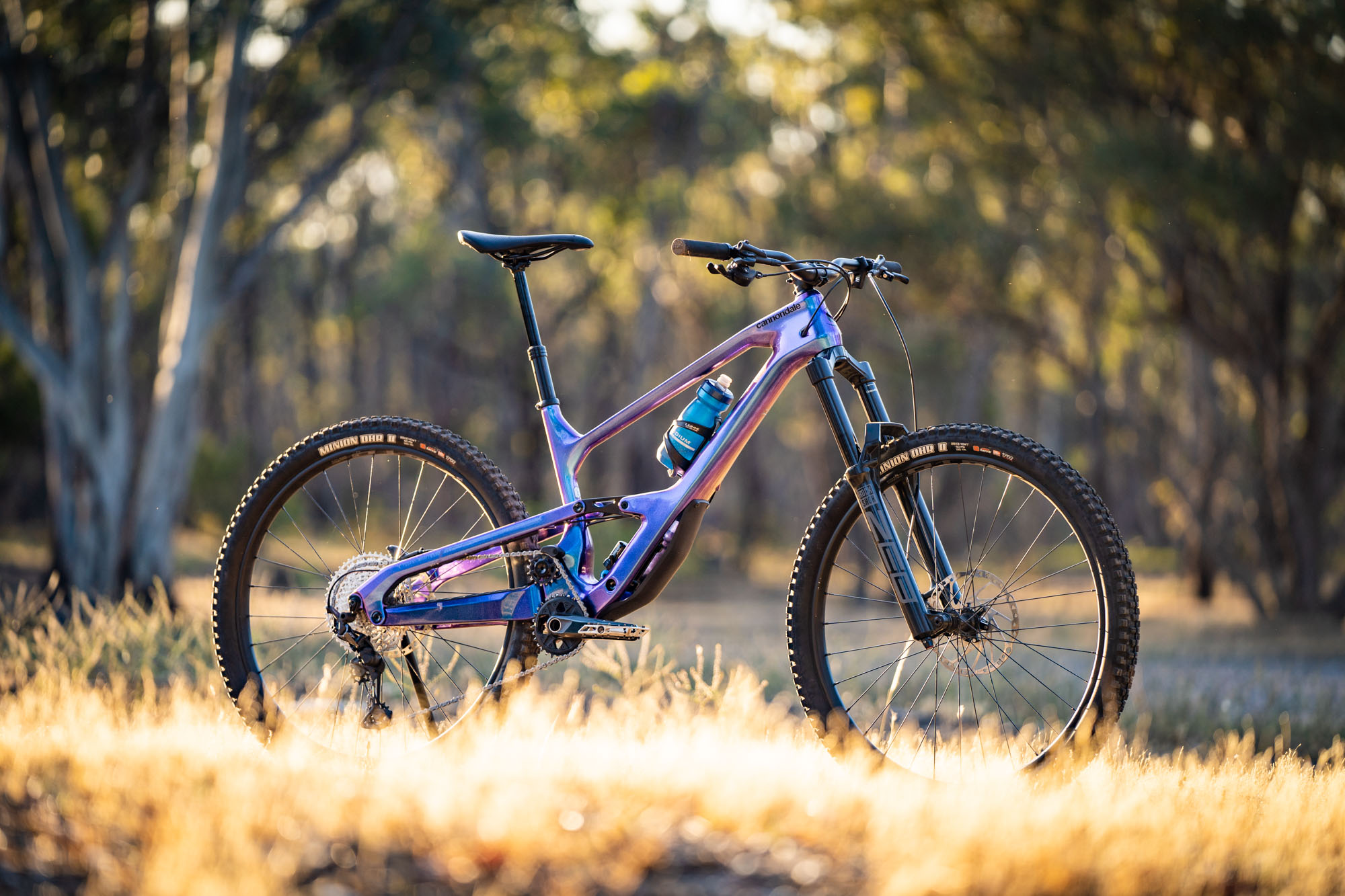
“Good performing retail teams (stores) who are engaged with their customers, have good sales consultants and good workshops are going fine.”
“The current low import numbers are exciting news for me. We need a fundamental reset about our expectations. Every brand orders too much stock. The only winner from this is the consumer, never the wholesaler or retailer. Brands need to acknowledge that they’re ordering too many bikes each year. Right now, we sell half our bikes at good margin and half at shitty margins. You can sell a little at a lot or a lot at a little.”
“We’re nervous about price increases. Factories are asking for increases across the board. Also the cost of doing business here is going up. I’m also worried about the Aussie dollar falling.”
“We’re in for quite some pain.”
“We’ve all hoped it would be over now, but it continues. I think we’ll continue to see flatness for the rest of the 2024/25 financial year. Out of every five bikes sold during COVID perhaps 2.5 are still being used, so the second hand markets are currently flooded with quality bikes. This has a flow on effect for bike shops.”
“Equilibrium? That depends upon what comes in. Company owned stores are dumping bikes, going from one special to the next. When do these guys want to start making some money? But I think this year will be better than last year. It’s lumpy now but last year was consistently hard.”

“We’re in for quite some pain.”
“I think the e-Bike numbers that you quote are vastly overstated. E-Bikes are not being sold through mass merchants. I don’t believe there’s 250,000 e-Bikes being sold in Australia.”
“I think that by about this time next year, say July 2025, the market will return to equilibrium.”
Phil decodes the CEOs on 2024/25 predictions
As you can see, there are widely ranging levels of optimism or pessimism amongst our CEO’s, with some very insightful observations among their comments.
Phil’s Overall Predictions
It’s always fun to stick my neck out and make predictions about the future of the Australian bicycle market in general and MTB in particular.
Here are my top three:
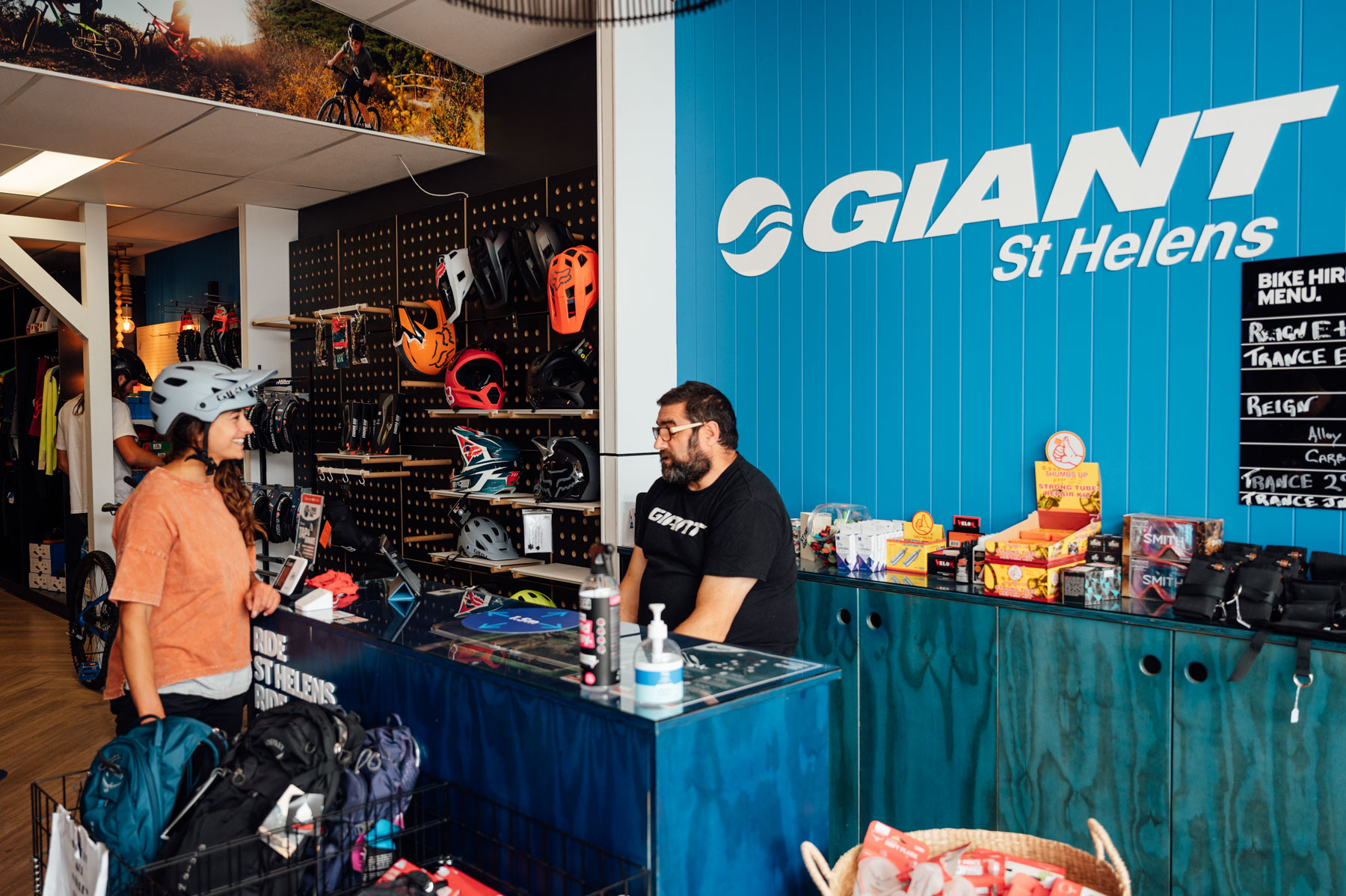
Bike Shops are Here to Stay
Despite the huge challenges they face, I don’t see the overall number of bike shops in Australia falling too much further. For every dozen shops that have closed, there are still a smaller number of new ones opening, which partly offsets the closures.
You can’t fix a bike over the internet! Workshop servicing has been keeping many bike shops afloat through the post-COVID years. Bikes, especially mountain bikes, are getting more complex and sophisticated, not less, so workshops will continue to be busy.
But I think things will settle back into “equilibrium,” not that such a thing ever truly exists, by the end of the upcoming summer season. Let’s give that a specific date and say April 2025.
The MTB Market Has a Bright Long Term Future
There are many reasons for this prediction, but I’ll focus upon three:
Technology
As I saw first-hand at Eurobike last month, there’s some exciting new technology on the way, particularly in e-MTB drive systems. Genuinely beneficial new bike technology has always helped to drive new sales and I don’t see any reason for this changing in future.
Escaping Traffic
We’re now over 27 million people travelling on ever more crowded roads. No matter how confident you are, cycling in traffic sucks and is unnecessarily dangerous in Australia. I have little faith in our politicians doing much about this any time soon. But you can escape the traffic right now on a mountain bike (or a gravel bike, which has also been a growth sector).
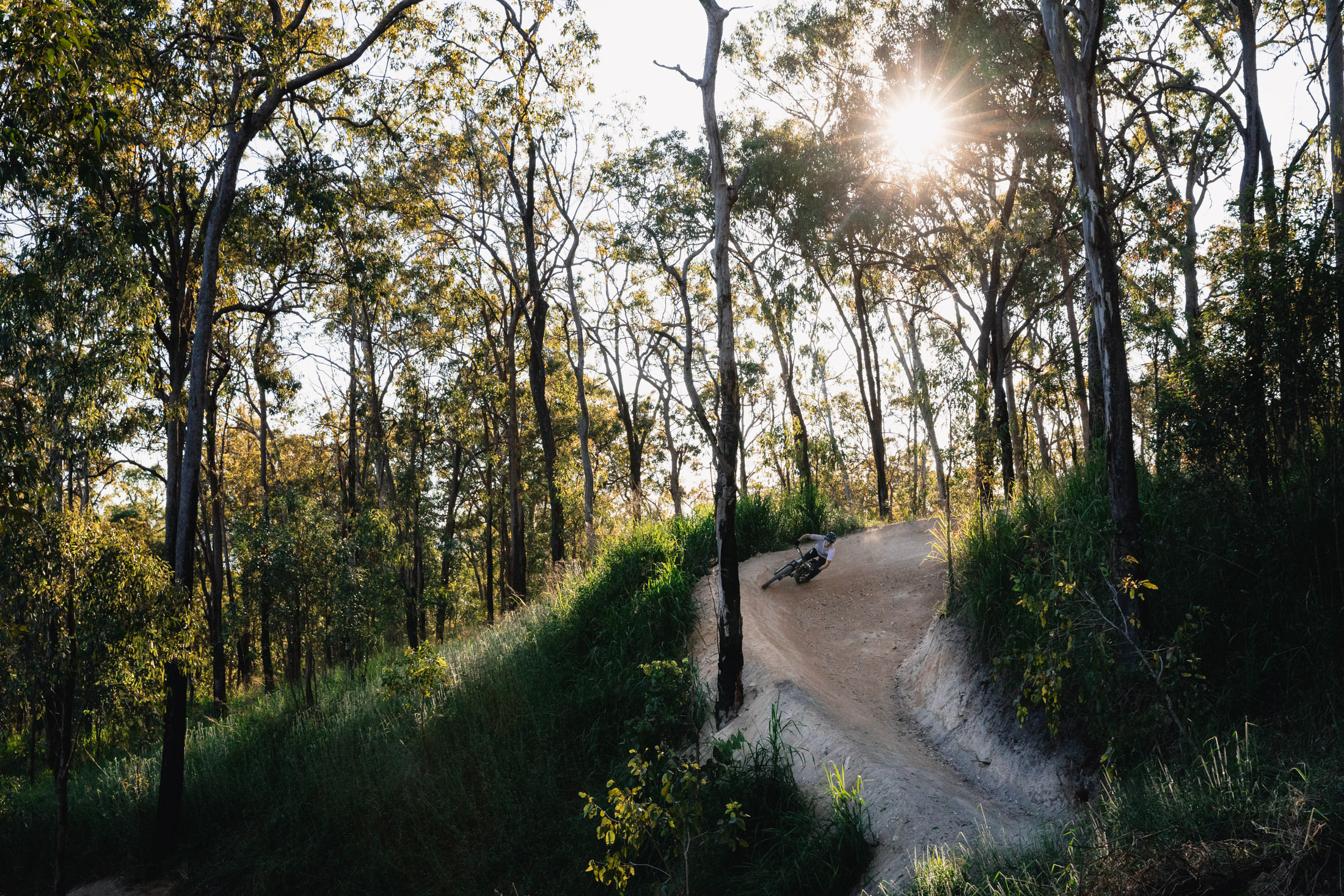
MTB Parks & Tourism
New MTB parks and trails lead to more mountain biking. Right now there are a lot of new trails being planned, approved and built. One big advantage is it can often be funded through government tourism budgets, which is less of a political hot potato than funding on-road infrastructure.
No, You Probably Won’t Ever Buy a Cheaper MTB!
Since COVID broke out here in early 2020, we’ve had the mother of all booms and busts in the Australian bicycle industry — way bigger than anything I’ve previously seen in my lifetime. But I think things will settle back into “equilibrium,” not that such a thing ever truly exists, by the end of the upcoming summer season. Let’s give that a specific date and say April 2025.
There will always be discounting, especially each winter when the industry starts clearing the decks for new season’s models, but starting from very soon, I’m expecting the 40% plus discounts on premium brands that have been commonplace over the past year or so, to gradually fade into the sunset.

